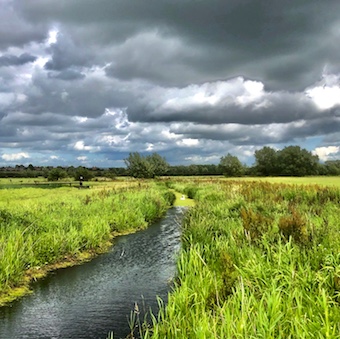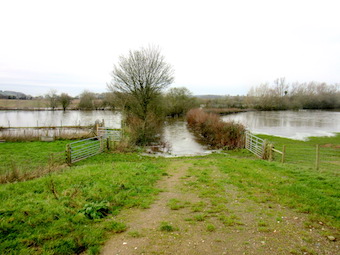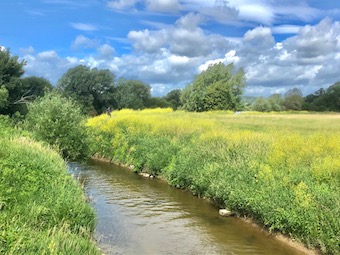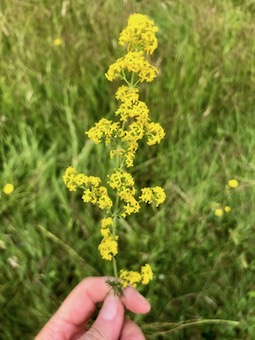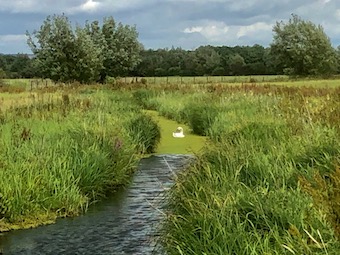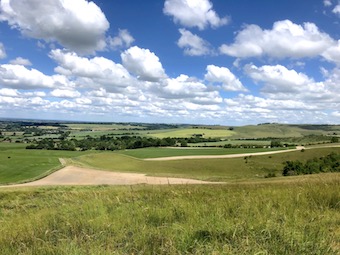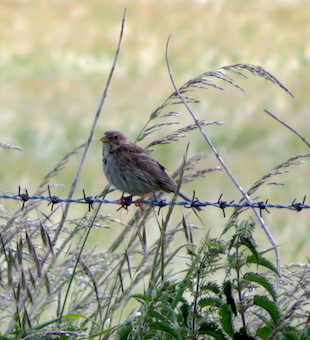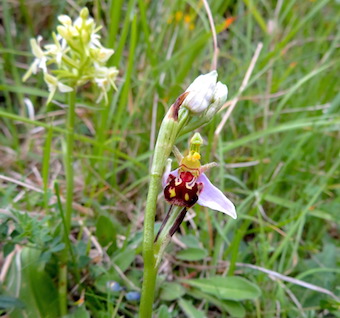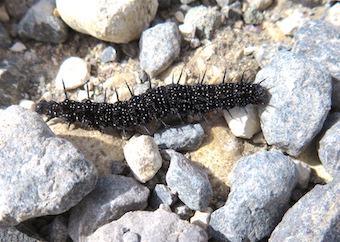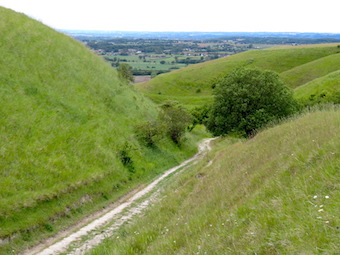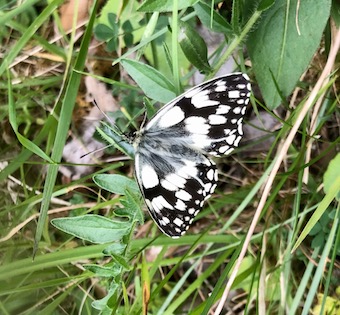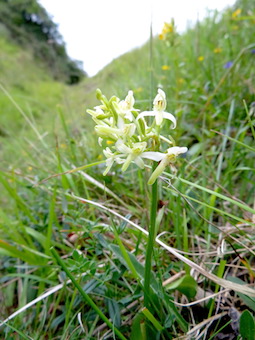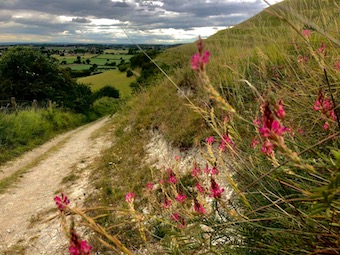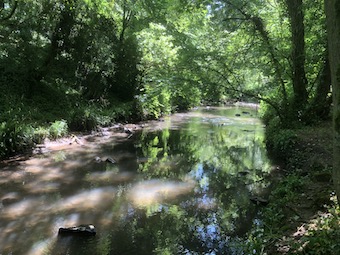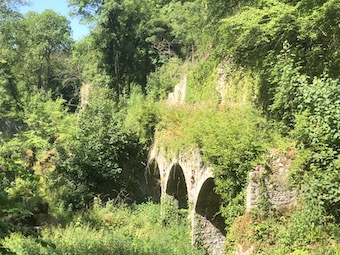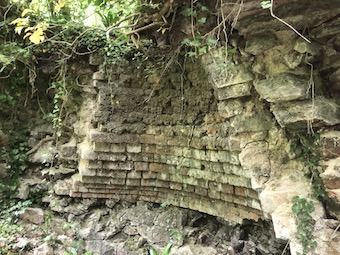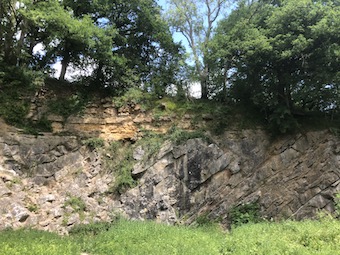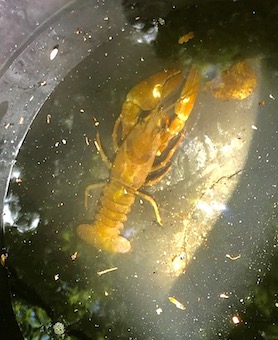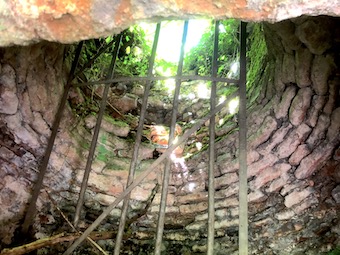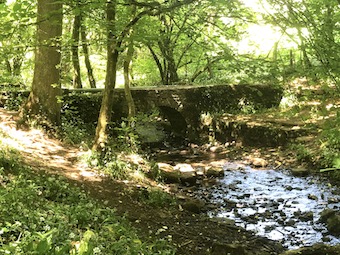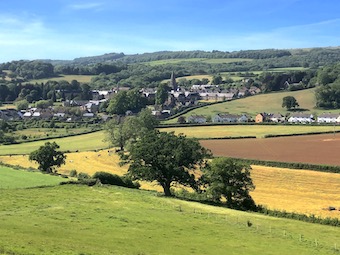First published in: The Times Click here to view a map for this walk in a new window








Facebook Link:

When the weather decides to throw a wobbler on the Northumberland coast, it doesn’t do it by halves. Winds whistle, waves thump the beaches, the sea grumbles, gulls go tumbling across the sky. And when the Shiel family of Seahouses cancel their boat trips to the Farne Islands just offshore, you know that it’s going to be a vigorous sort of day.
Seahouses Harbour was built to withstand anything the North Sea could throw at it – a great deep basin of solid walls that dwarf the sheltering fishing boats. Seahouses fishermen still go out after crabs and lobsters, and the piles of creels they stack along the harbourside streets bear witness to an age-old industry.
We set out into the wind along one of the most beautiful coasts on earth – if you like your beauty harsh, stripped back and elemental. Tan sands, black rock scars, orange bladder wrack, grey sea, as simple and striking as that. On one hand the dunes with their velvety nap of pale marram grass, on the other the long surfacing-submarine shapes of the Farne Islands clinging to the sea horizon.
How under heaven did St Cuthbert stick out his eight years of eremitic solitude on Inner Farne? Ancient tales tell of the demons that battled the saint, of the eider ducks – ‘cuddy’s ducks’ – that he loved and protected, and of the seals that brought him fish and sang to him. It certainly seems that only divine intervention could have sustained life in such a lonely place, windswept, storm-battered and hard as iron.
As we walked north between dunes and sea, the massive fortification of Bamburgh Castle grew steadily larger and more upstanding ahead. The castle is all walls and turrets, keep and battlements, high over everything. It radiates power and impregnability.
Some sort of stronghold has dominated land and sea from this perch on a dolerite crag overlooking the ocean for at least the past 2,000 years. Wandering through its stone chambers among suits of armour, delicate Meissen porcelain and framed photographs of the resident Armstrong family, we heard the wind booming down the chimneys and looked out over the enormous beach below where sea and sky were blown into tatters by strengthening gusts from the north.
The homeward path lay along wet pastures where black cattle grazed, and through fields of young wheat where every step released a shower bath of raindrops and skylarks sang themselves high into the scudding grey sky.
Start: Seahouses town car park, Northumberland NE68 7SW approx. (OS ref NU 218320)
Getting there: Bus X18 (Beadnell-Berwick)
Road: Seahouses is on B1340, signed from A1 at various points between North Charlton and Warenford)
Walk (6¾ miles, easy, OS Explorer 340): From Seahouses harbour (220322), head north-west along the beach for 3 miles to Bamburgh. Return towards Seahouses along B1340. 200m beyond The Links car park, right over stile (186347, ‘Coast Path’). Cross fields, aiming for Redbarns (190343). Follow waymarks for St Oswald’s Way and Northumberland Coast Path/NCP. At Fowberry (192334), left along road; follow road and NCP for 1 mile to T-junction at Shoreston Hall (204326). Right; in 25m, left (stile, NCP) across fields for ⅔ mile to stile into road (210318). Right; in 150m, left on old railway path (210316, NCP) to Seahouses harbour.
Lunch: Bamburgh Castle Inn, Seahouses NE68 7SQ (01665-720283, bamburghcastlehotel.co.uk)
Accommodation: Springhill Farm, Seahouses NE68 7UR (01665-721820, springhill-farm.co.uk). Beautifully run, welcoming self-catering place.
Info: Seahouses TIC (01670-625593); visitnorthumberland.com
Bamburgh Castle: 01668-214515, bamburghcastle.com
satmap.com; ramblers.org.uk












